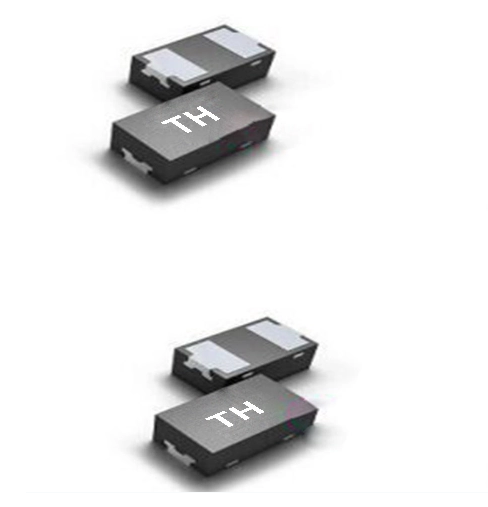When it comes to hiking, the right gear can make all the difference between an enjoyable adventure and a painful ordeal. Among the most critical pieces of equipment for any hiker is a good pair of hiking boots. But what exactly constitutes a good hiking boot? In this comprehensive guide, we will delve into the essential features, materials, and considerations that define an excellent hiking boot, ensuring you make an informed choice for your next outdoor expedition.
Understanding the Anatomy of a Hiking Boot
Before we explore what makes a good hiking boot, it's essential to understand its anatomy. A hiking boot typically consists of several key components:
- Upper: This is the part of the boot that encases your foot. It can be made from various materials, including leather, synthetic fabrics, or a combination of both. The upper provides support, protection, and breathability.
- Midsole: The midsole is the cushioning layer between the upper and the outsole. It absorbs shock and provides comfort during long hikes. Common materials used for midsoles include EVA (ethylene-vinyl acetate) and polyurethane.
- Outsole: The outsole is the bottom part of the boot that makes contact with the ground. It is typically made from rubber and features a tread pattern designed for traction on various surfaces.
- Lacing System: A good lacing system allows for a secure fit and can help prevent blisters. Some boots feature traditional laces, while others may have quick-lace systems or hooks for added support.
- Toe Cap: This is a protective layer at the front of the boot that shields your toes from rocks and other obstacles.
Key Features of a Good Hiking Boot
- Fit and Comfort
The most crucial aspect of any hiking boot is its fit. A good hiking boot should feel snug but not overly tight. It’s essential to try on boots with the socks you plan to wear on your hike, as this can affect the fit. Look for boots with a roomy toe box to allow for natural movement and swelling during long hikes. Additionally, consider the boot's weight; lighter boots can reduce fatigue, while heavier boots may offer more support.
- Support and Stability
Hiking boots should provide adequate ankle support, especially for rugged terrain. High-cut boots offer more support but may be less breathable. Conversely, low-cut boots are lighter and more flexible but may not provide the same level of support. Consider your hiking style and the terrain you’ll be traversing when choosing the height of your boot.
- Waterproofing
If you plan to hike in wet conditions or through streams, waterproofing is a critical feature. Look for boots with Gore-Tex or similar waterproof membranes that keep your feet dry while allowing moisture to escape. However, keep in mind that waterproof boots may sacrifice breathability, so consider the climate and conditions you'll be hiking in.
- Traction
The outsole's tread pattern is vital for grip on various surfaces. Deep lugs provide better traction on loose or muddy terrain, while a flatter outsole may be more suitable for hard-packed trails. Look for boots with rubber outsoles that offer durability and grip, ensuring you can navigate slippery or uneven surfaces safely.
- Durability
Hiking boots are an investment, and durability is a key factor in determining their lifespan. Leather boots tend to be more durable than synthetic options, but they may require more maintenance. Consider your hiking frequency and the conditions you’ll encounter when evaluating the durability of a boot.
Additional Considerations
- Break-In Period
Most hiking boots require a break-in period. It’s advisable to wear your new boots on shorter hikes before embarking on longer treks. This allows the materials to soften and conform to your feet, reducing the risk of blisters.
- Weight of the Boot
The weight of your hiking boots can significantly impact your overall hiking experience. While heavier boots may offer more support and durability, they can also lead to fatigue over long distances. Lightweight boots are ideal for day hikes or well-maintained trails, while heavier boots may be necessary for challenging terrains.
- Budget
Hiking boots come in a wide range of prices. While it’s tempting to opt for the cheapest option, investing in a quality pair can enhance your hiking experience and prevent injuries. Look for boots that offer the best combination of features within your budget.
Conclusion
Choosing the right hiking boot is a personal decision that depends on various factors, including your hiking style, the terrain, and your budget. A good hiking boot should provide comfort, support, durability, and traction, ensuring that you can enjoy your outdoor adventures without discomfort or injury. By understanding the key features and considerations outlined in this guide, you can make an informed decision and find the perfect hiking boot for your next journey into the great outdoors. Happy hiking!

More Stories
Achieve Healthier, Stronger Hair: The Power of Keratin Purifying Shampoo
Nicotinamide in Cosmetics for Brightening and Skin Health
How to ensure drinking safety with a stainless steel sports water bottle?